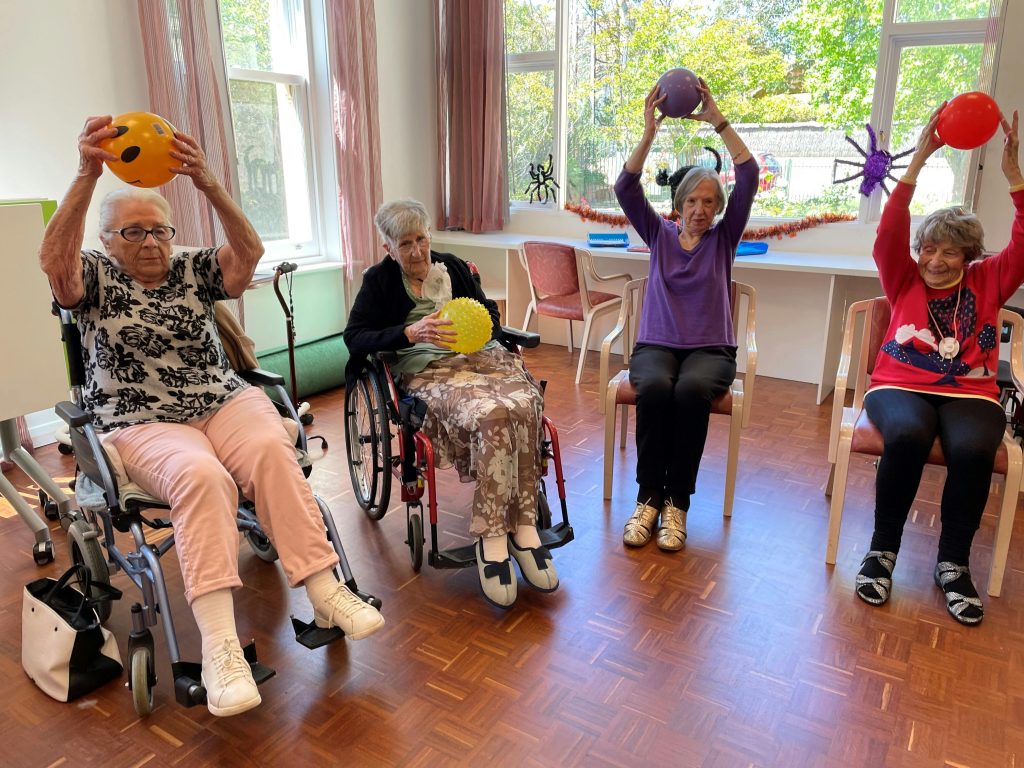Having a distinctive and impactful online presence is paramount for assisted living facilities and memory care centers. As the industry adapts to new challenges, custom website solutions emerge as a crucial component in successfully navigating the digital space.
I. Introduction
A. The Significance of Custom Website Solutions
In the digital era, a website serves as the virtual front door of any senior care facility. Customized websites not only enhance the visual appeal but also play a pivotal role in building trust, conveying the facility’s unique value proposition, and facilitating seamless user experiences. The tailored approach ensures that the website aligns with the specific needs and preferences of both potential residents and their families.
II. Understanding the Senior Care Audience
A. Identifying the Demographics
Demographic Segmentation
| Demographic | Description |
|---|---|
| Age Group | Tailoring website content and design to cater to the preferences of the elderly. |
| Family Members | Addressing the concerns and information needs of family members seeking care options. |
Persona Development
Create detailed personas to understand the unique requirements of potential residents and their families:
- Persona 1: Grace (80 years old)
- Interests: Comfort, security, and community engagement.
- Concerns: Healthcare services, safety, and recreational activities.
- Persona 2: Lisa (Daughter of Potential Resident)
- Interests: Reliable care, communication, and facility amenities.
- Concerns: Transparency, communication, and the well-being of the parent.
III. Essential Features of Custom Senior Care Websites
A. User-Friendly Navigation
Navigation Essentials
- Intuitive Menus: Design easy-to-navigate menus for effortless exploration.
- Clear Call-to-Action (CTA): Implement prominent CTAs for actions like scheduling tours or contacting the facility.
B. Accessibility Features
Ensuring Inclusivity
- Large Fonts and High Contrast: Optimize for seniors with visual impairments.
- Voice Navigation: Incorporate voice-activated commands for those with mobility challenges.
C. Responsive Design
Mobile Optimization
- Mobile Responsiveness: Ensure a seamless experience across devices, especially on smartphones and tablets.
- Touch-Friendly Elements: Implement touch-friendly buttons and controls for mobile users.
IV. Content Optimization for SEO
A. Keyword Integration
SEO-Friendly Content
- Targeted Keywords: Incorporate relevant keywords such as “senior care,” “memory care,” and “assisted living.”
- Local SEO: Include location-specific keywords for enhanced local search visibility.
B. Engaging Multimedia Content
Visual Appeal
- High-Quality Images: Showcase facilities, amenities, and staff through visually appealing images.
- Video Tours: Provide virtual tours for an immersive experience.
V. Security and Compliance
A. Data Security Measures
Privacy and Security
- SSL Certificates: Secure data transmission through encryption.
- HIPAA Compliance: Ensure adherence to healthcare data protection standards.
B. Compliance with Regulations
Regulatory Standards
- Accessibility Compliance: Adhere to ADA guidelines for web accessibility.
- Privacy Policies: Clearly communicate how user data is handled, aligning with regulations.
VI. Integration of Interactive Elements
A. Online Forms and Inquiries
Streamlined Communication
- Contact Forms: Implement user-friendly forms for inquiries and appointment scheduling.
- Live Chat: Integrate a live chat feature for real-time assistance.
B. Event Calendars and Updates
Community Engagement
- Event Calendars: Showcase upcoming activities, events, and tours.
- News Updates: Keep the audience informed about facility news and achievements.
VII. Measuring Success with Analytics
A. Utilizing Website Analytics
Key Metrics
- Traffic Analysis: Monitor overall website traffic and user behavior.
- Conversion Tracking: Track specific actions, such as form submissions or appointment requests.
B. A/B Testing for Optimization
- Testing Variations: Experiment with different design elements to optimize user engagement.
- Performance Analysis: Assess the impact of changes on user interactions and conversion rates.
VIII. Conclusion
In conclusion, custom website solutions tailored for senior care facilities play a pivotal role in shaping the online identity of these establishments. By meticulously addressing the unique needs of the senior audience, incorporating accessibility features, optimizing for search engines, and ensuring compliance with regulations, a custom website becomes a powerful tool for building trust and attracting residents and their families. The journey to a successful online presence is an ongoing process that demands continuous analysis, adaptation, and optimization. Embrace the custom website approach to not just meet industry standards but to surpass them, providing a digital experience that resonates with your senior care community.



